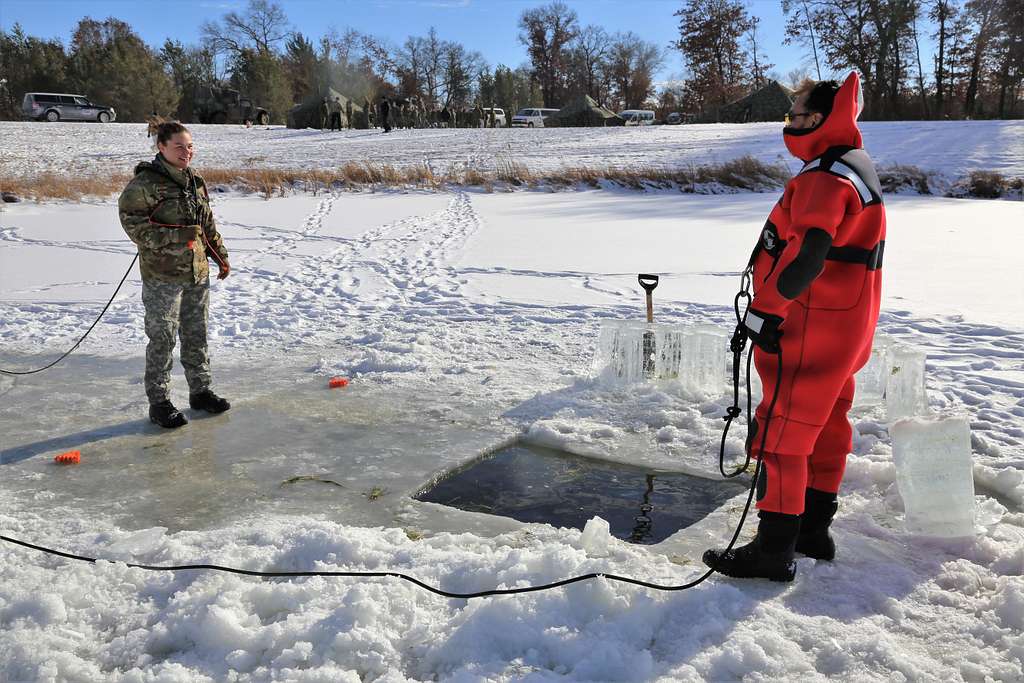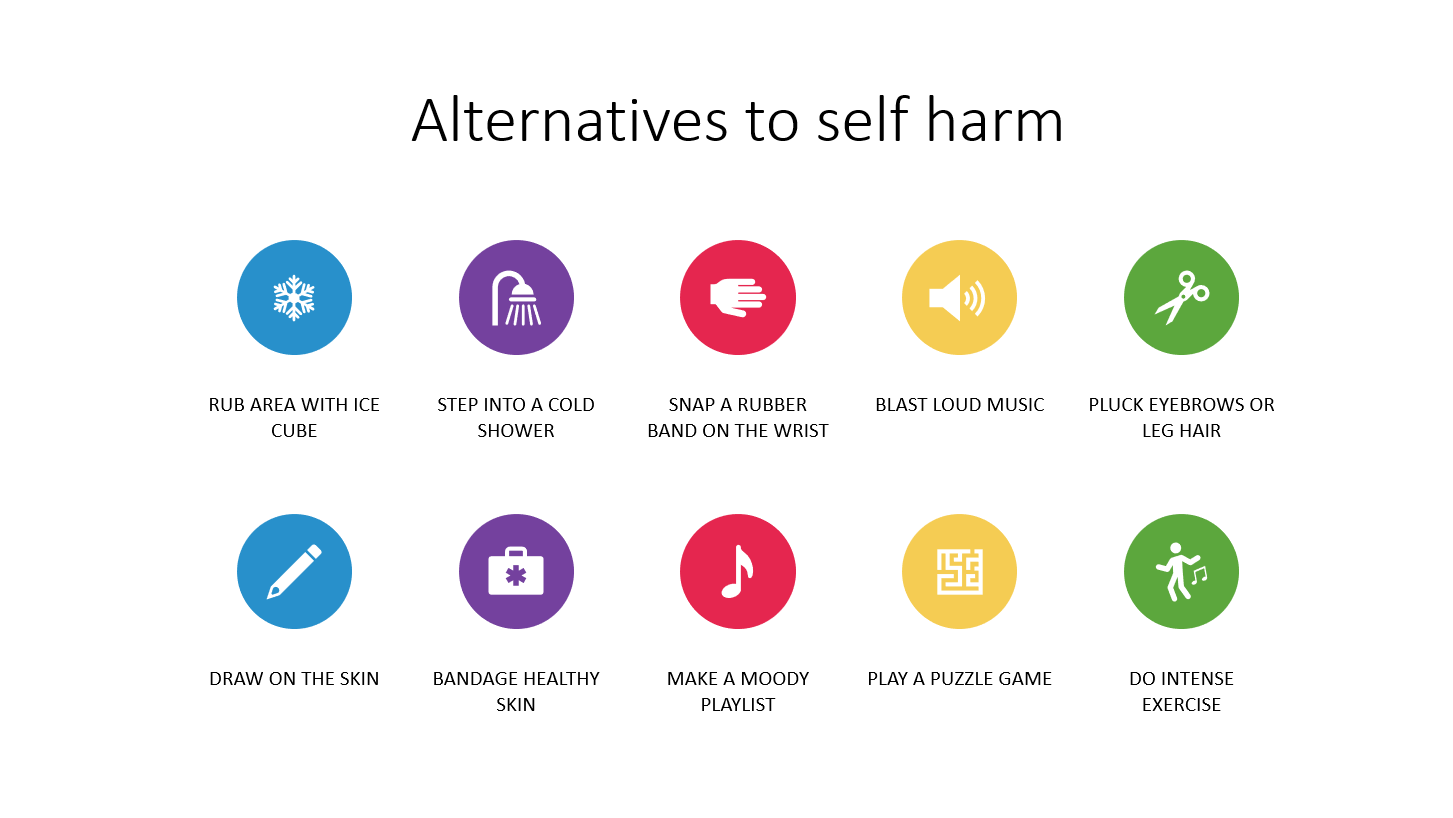
Exploring the Wonders of Water Immersion Therapy
Exploring the Wonders of Water Immersion Therapy
Overview
What is water immersion therapy?
Water immersion therapy, also known as hydrotherapy, is a therapeutic technique that involves immersing the body in water for various health benefits. It has been used for centuries to treat a wide range of conditions, including muscle and joint pain, inflammation, stress, and anxiety. The idea behind water immersion therapy is that the buoyancy of water helps to reduce the pressure on the joints and muscles, allowing for greater freedom of movement and relaxation. This therapy can be done in a hot tub, pool, or even in natural bodies of water like lakes or oceans. The warm water and gentle movements can provide a soothing effect on the body, promoting relaxation and relieving tension. Some of the bold keywords for this paragraph are water immersion therapy, hydrotherapy, therapeutic technique, health benefits, muscle and joint pain, inflammation, stress, anxiety, buoyancy of water, relaxation, and tension.
Benefits of water immersion therapy
Water immersion therapy, also known as hydrotherapy, offers numerous benefits for both the mind and body. By immersing oneself in water, whether it's a pool, bathtub, or natural body of water, individuals can experience a range of positive effects. One of the key benefits of water immersion therapy is its ability to promote relaxation and reduce stress. The soothing sensation of water can help to calm the mind and release tension in the muscles. Additionally, water immersion therapy can also improve circulation and reduce inflammation, making it beneficial for those with conditions such as arthritis or muscle soreness. Overall, incorporating water immersion therapy into one's routine can provide a refreshing and rejuvenating experience.
How does water immersion therapy work?
Water immersion therapy is a fascinating treatment that has gained popularity in recent years. So, how does it work? Well, when you immerse your body in water, it creates a soothing and relaxing effect. The buoyancy of the water takes the pressure off your joints and muscles, allowing for greater freedom of movement. This therapy is particularly beneficial for individuals with chronic pain or injuries. It helps to reduce inflammation and promote healing. Additionally, the warm water can increase blood circulation, which can have a positive impact on overall well-being. So, if you're looking for a natural and effective way to relax and heal, water immersion therapy might be just what you need.
Types of Water Immersion Therapy

Hot water immersion
Hot water immersion therapy, also known as hydrotherapy, is a popular relaxation technique that involves immersing the body in warm water. It has been used for centuries to promote physical and mental well-being. The warm water helps to relax muscles, relieve tension, and soothe aching joints. This therapy is especially beneficial for those who suffer from chronic pain or arthritis. By immersing yourself in hot water, you can experience a sense of calm and tranquility. So, if you're looking for a natural way to unwind and rejuvenate, hot water immersion therapy might be just what you need.
Cold water immersion
Cold water immersion therapy, also known as cryotherapy, is a popular technique used to promote muscle recovery and reduce inflammation. It involves immersing the body in cold water for a short period of time, typically between 10 and 15 minutes. The cold temperature causes blood vessels to constrict, which can help reduce swelling and numb pain. Many athletes and fitness enthusiasts swear by cold water immersion therapy for its ability to accelerate recovery and improve performance. Whether you're recovering from an intense workout or simply looking to relax and rejuvenate, cold water immersion therapy may be worth a try.
Saltwater immersion
Saltwater immersion therapy, also known as floatation therapy or sensory deprivation therapy, involves immersing the body in a tank or pool filled with saltwater. This therapy has gained popularity in recent years due to its numerous health benefits. The high salt concentration in the water allows the body to float effortlessly, relieving pressure on the joints and promoting relaxation. Additionally, the sensory deprivation aspect of saltwater immersion therapy helps to calm the mind and reduce stress. Many people find this experience to be incredibly soothing and rejuvenating, making it a popular choice for those seeking relaxation and mental clarity.
Popular Water Immersion Techniques

Hydrotherapy
Hydrotherapy, also known as water immersion therapy, is a fascinating and rejuvenating practice that involves using water for therapeutic purposes. It has been used for centuries to treat various physical and mental health conditions. The idea behind hydrotherapy is that the buoyancy and pressure of water can provide relief and promote healing. Whether it's soaking in a hot tub, taking a refreshing swim, or enjoying a relaxing hydro massage, hydrotherapy offers a range of benefits for both the body and mind. So, if you're looking for a natural and enjoyable way to improve your well-being, dive into the world of hydrotherapy!
Watsu
Watsu is a form of water therapy that combines elements of massage, stretching, and movement in warm water. It is a deeply relaxing and therapeutic experience that can help alleviate stress, reduce muscle tension, and promote overall well-being. During a Watsu session, the therapist gently supports and moves the body through the water, creating a sense of weightlessness and freedom. The warm water helps to relax the muscles and increase circulation, allowing for deeper stretches and greater flexibility. Watsu is often used as a complementary therapy for conditions such as chronic pain, arthritis, and fibromyalgia. It is also a popular choice for relaxation and rejuvenation. If you're looking for a unique and soothing way to unwind, Watsu may be just what you need.
Floating
Floating is a unique and relaxing experience that involves immersing oneself in a sensory deprivation tank filled with warm water and Epsom salt. This therapeutic practice has gained popularity in recent years as a way to relieve stress, reduce muscle tension, and promote overall well-being. When you float, you can let go of all your worries and just focus on the sensation of weightlessness and tranquility. It's like being in your own little world, away from the hustle and bustle of everyday life. The buoyancy of the water allows you to effortlessly float on the surface, giving you a sense of freedom and relaxation. Whether you're seeking physical relief or simply want to disconnect from the outside world, floating is an incredible experience that can help you recharge and rejuvenate.
Conditions Treated with Water Immersion Therapy

Muscle soreness and inflammation
Water immersion therapy is a game-changer when it comes to muscle soreness and inflammation. Whether you've had an intense workout or are recovering from an injury, immersing yourself in water can provide immense relief. The buoyancy of water reduces the impact on your muscles and joints, allowing for easier movement and decreased pain. Additionally, the hydrostatic pressure of the water helps to reduce inflammation and promote faster healing. So, the next time you're feeling sore or dealing with inflammation, dive into the wonders of water immersion therapy and experience the soothing benefits firsthand.
Stress and anxiety
Water immersion therapy is a fantastic way to alleviate stress and anxiety. Whether you're dealing with the pressures of work, school, or everyday life, taking a dip in a pool or a relaxing bath can do wonders for your mental well-being. The soothing sensation of water can help to calm your mind and wash away any tension or worries you may be experiencing. It's like giving yourself a mini vacation without having to leave your home. So the next time you're feeling overwhelmed, why not give water immersion therapy a try? You might be surprised at just how effective it can be.
Arthritis and joint pain
Arthritis and joint pain are common conditions that can cause discomfort and limit mobility. However, water immersion therapy has been found to be a beneficial treatment option for managing these conditions. When you soak in warm water, it helps to relax the muscles and reduce inflammation, providing relief from arthritis and joint pain. The buoyancy of the water also helps to support the joints and reduce pressure, making it easier to move and exercise. Additionally, the gentle resistance of the water can help to strengthen the muscles surrounding the joints, improving overall joint function. So, if you're looking for a natural and effective way to alleviate arthritis and joint pain, consider trying water immersion therapy.
Conclusion

The healing power of water
Water immersion therapy, also known as hydrotherapy, is a remarkable healing practice that harnesses the power of water to promote physical and mental well-being. It has been used for centuries as a natural remedy for various ailments and continues to be a popular choice for those seeking relaxation and rejuvenation. The therapeutic benefits of water immersion therapy are numerous, including improved circulation, reduced muscle tension, and stress relief. By immersing oneself in water, whether it be in a hot tub, pool, or natural body of water, the body is able to experience a sense of weightlessness and buoyancy, which can alleviate pressure on joints and promote relaxation. Additionally, the soothing sound of water and the gentle caress of water against the skin can have a calming effect on the mind, helping to reduce anxiety and promote a sense of peace. So, if you're looking for a natural and effective way to heal and unwind, water immersion therapy may just be the answer you've been searching for.
Exploring the benefits of water immersion therapy
Water immersion therapy, also known as hydrotherapy, has gained popularity in recent years due to its numerous health benefits. This therapeutic technique involves immersing the body in water, typically at varying temperatures, to promote relaxation and healing. The benefits of water immersion therapy are vast and include improved circulation, reduced muscle soreness, increased joint mobility, and enhanced mental well-being. By immersing oneself in water, the buoyancy helps to alleviate pressure on the joints and muscles, making it an ideal therapy for individuals with arthritis or chronic pain. Additionally, the hydrostatic pressure exerted by the water can improve blood flow and reduce swelling, aiding in the recovery process. The soothing nature of water immersion also has a positive impact on mental health, promoting relaxation and reducing stress and anxiety. Overall, water immersion therapy offers a holistic approach to wellness, addressing both physical and mental well-being.
Dive into the world of water immersion therapy
Water immersion therapy is an amazing way to relax and rejuvenate your body and mind. It involves immersing yourself in water, whether it's a pool, a hot tub, or even a natural body of water like a lake or ocean. The therapeutic benefits of water immersion are numerous. It can help reduce stress, alleviate muscle tension, improve circulation, and promote overall well-being. So dive into the world of water immersion therapy and experience the wonders it has to offer!


